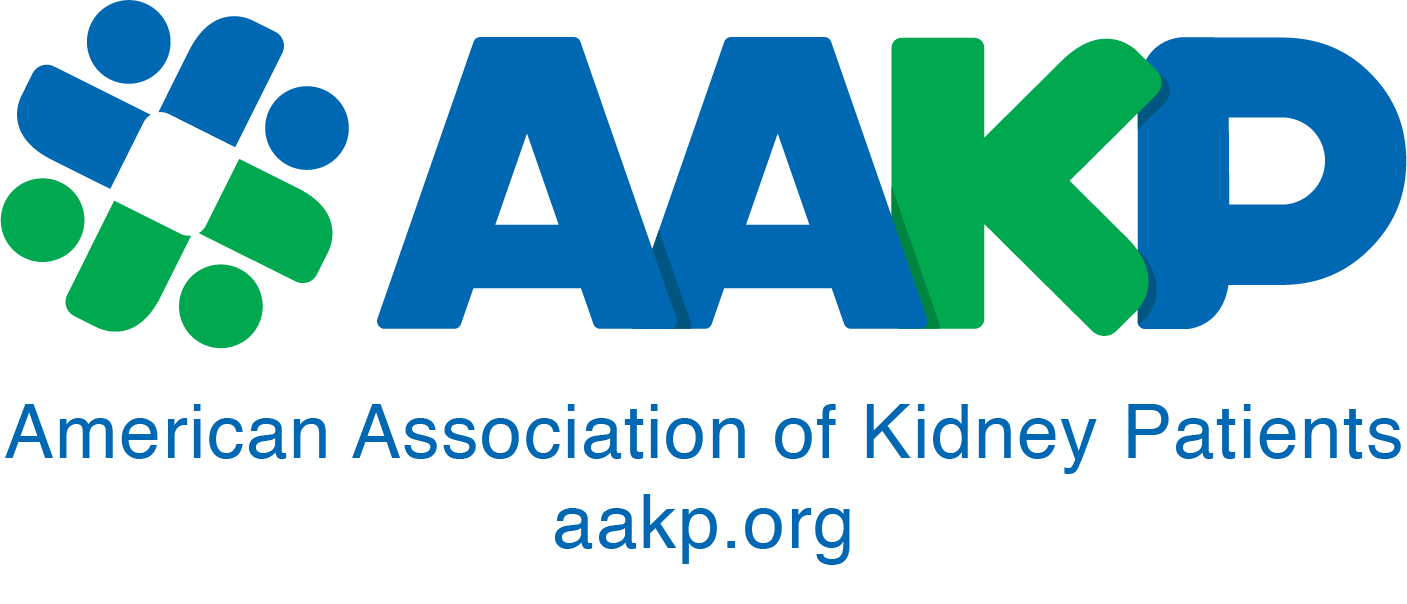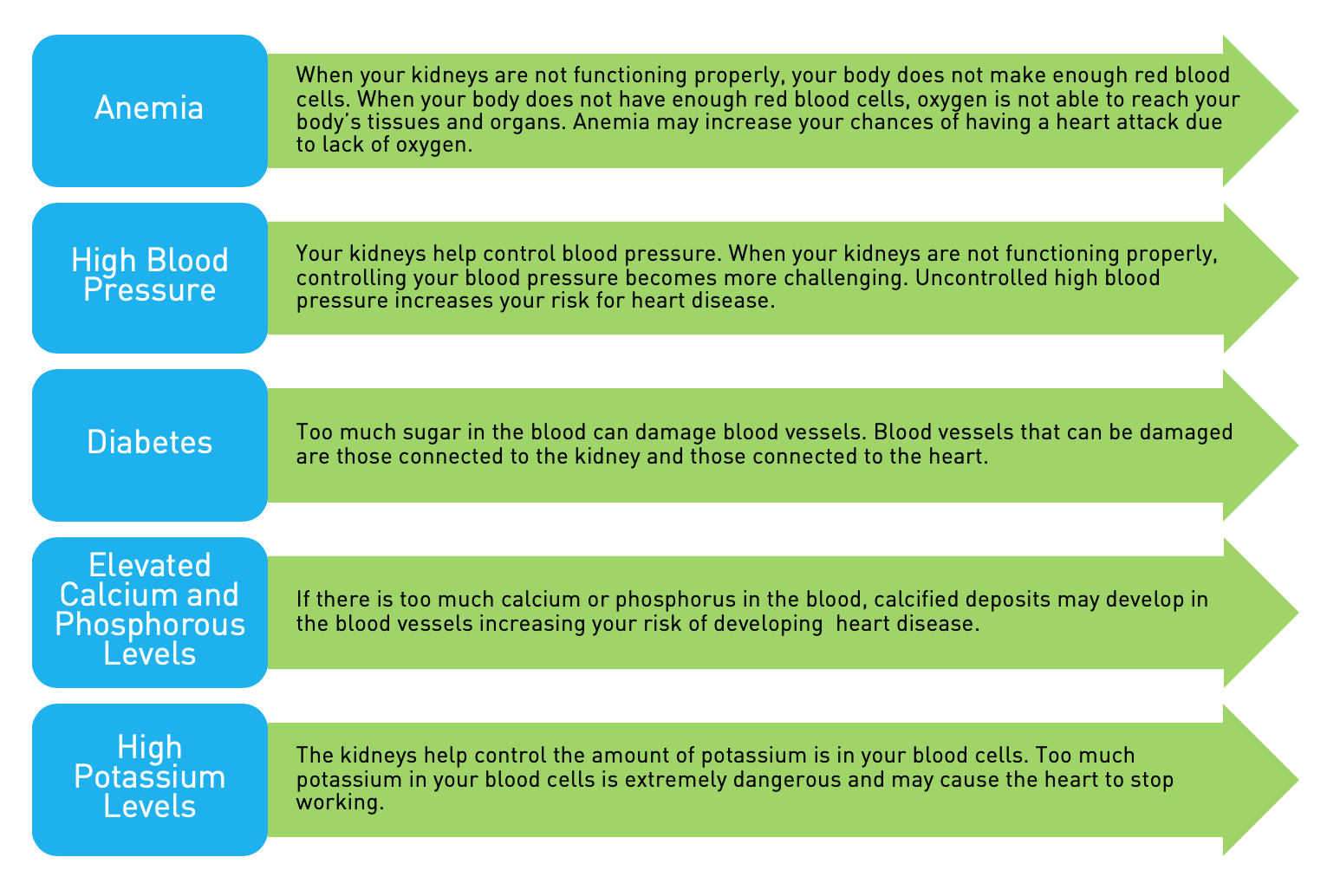In order to understand why pregnancy in the setting of renal replacement therapy constitutes a significant medical event, it helps to understand how pregnancy affects women with normal kidney function. During pregnancy blood vessels become dilated leading to lowered blood pressure. Total body water increases by six to eight liters, with a plasma volume increase of 50 percent, and blood flow to the kidneys, as well as filtration by the kidneys significantly increases. In addition to water retention, there is also a gradual increase in sodium retention that occurs over the course of pregnancy. Pregnancy also affects the mother’s breathing pattern, causing hyperventilation (fast and deep breathing). The kidneys in turn respond by adjusting the level of bicarbonate in the blood to keep the mother’s acid-base status within normal limits. Lastly, mineral metabolism is also affected, with decreased serum calcium levels despite increased absorption of calcium in the gut. Active vitamin D levels significantly increase due to production by the kidneys and placenta, and parathyroid hormone levels decrease. It is clear that many of the normal changes of pregnancy are directly connected to the key functions performed by kidneys. Therefore, when an expectant mother requires renal replacement therapy, either in the form of dialysis or from a renal transplant, special consideration must be taken in the care of both she and the fetus before, during and after pregnancy.
It has long been known that end-stage renal disease (ESRD) causes changes in the hormones regulating reproductive function, which leads to decreased fertility rates among women of child-bearing age receiving dialysis. However, with advances in dialysis care, fertility rates are climbing. In the 1980s it was thought only 10 percent of women of child-bearing age on dialysis were fertile, but more recent data indicates the number is at least 40 percent1. Patients with residual renal function, meaning urine output of at least 100ml per day, are more likely to ovulate. Since residual kidney function tends to decrease with time on dialysis, it makes sense that most pregnancies occur within the first few years on dialysis.
It is important to note that while fertility remains lower for women receiving dialysis as compared to the general population, pregnancy is possible, and therefore, it is extremely important to discuss contraception with your provider to avoid an unintended pregnancy.
If pregnancy is desired, then it is equally important to discuss this with your provider so that changes in medications and dialysis prescription, as well as a plan for careful monitoring under the care of a high-risk obstetrician can all be put into place prior to conception.
With regards to outcomes for mother and baby in dialysis patients, the numbers, while not great, are improving. The percentage of surviving infants born to women on dialysis has increased from 20 percent to 50 percent over the past 25 years2. It is clear from large surveys of dialysis patients both in the U.S. and abroad, that fetal survival is directly related to time spent on dialysis, which correlates with clearance provided3,4. At least 20 hours per week of hemodialysis will give the best chance for survival. For most patients this means dialyzing six days per week. Even with increased time on dialysis, complications are common. Roughly 80 percent of infants are born premature, and the risk of spontaneous abortion in the second trimester is high at 20 percent5. The most common complication affecting the mother is hypertension, affecting between 42 and 80 percent of pregnancies in dialysis patients2.
While most data relates to pregnancy in hemodialysis patients, there are reports of successful pregnancies in patients receiving peritoneal dialysis (PD). For reasons that are not entirely clear, the incidence of pregnancy is two to three times lower in PD patients than for women undergoing hemodialysis2. This may be related to the presence of sugar containing dialysate in the peritoneum, or due to scarring related to prior epidodes of peritonitis. Special consideration in this group relates to having to increase the number of exchanges, as dwell volume becomes limited from the expanding uterus. In some cases adequate clearance may become difficult to achieve.
Because of the high-risk nature of pregnancy in dialysis patients which includes significant risk to the fetus as well as the mother, it is preferable to wait until after renal transplantation to pursue pregnancy. However, there are special considerations for transplant patients as well. The best chance for a successful pregnancy occurs in renal transplant recipients who are at least one year out from transplantation, have a serum creatinine level less than 1.5mg/dL, no acute rejection within the previous year, minimal if any need for high blood pressure medication, minimal or no protein in the urine (less than 500mg/24hr), normal ultrasound of the transplanted kidney, and are on a pregnancy-safe drug regimen6. The safety of immunosuppressant medications is not entirely known due to lack of studies and long-term data, but in general, prednisone, azathioprine, cyclosporine and tacrolimus are felt to be relatively safe. Mycophenolate mofetil is known to cause birth defects, and needs to be transitioned to a safer alternative at least six weeks prior to conception7.
As with pursuing pregnancy on dialysis, pregnancy in a transplant recipient needs to be planned well in advance of trying to conceive. Risks to the mother include development of pregnancy-induced hypertension, preeclampsia (characterized by proteinuria and hypertension and frequently results in preterm delivery), urinary tract infection, anemia and gestational diabetes8,9. The overall risk of graft rejection during pregnancy has been reported between 2-4 percent7. A serum creatinine greater than 1.5mg/dL increases this risk, and if acute rejection does occur, both mother and fetus have poorer outcomes. The long-term effect of pregnancy on graft function appears to be favorable if the woman has stable renal function with serum creatinine less than 1.5mg/dL preceding pregnancy. With a baseline serum creatinine of 1.5mg/dL or less, a 90 percent incidence of successful pregnancy has been reported6.
In summary, patients undergoing renal replacement therapy, whether it be in the form of hemodialysis, peritoneal dialysis or renal transplantation, can have a successful pregnancy. However, the risks to both mother and fetus are very real and need to be taken seriously. Pregnancy should be a planned event, with a team of health care providers in place pre-conception to help guide the expectant mother through the specialized care she will need to optimize her chances of a successful outcome.
References:
1. Holley JL, Schmidt RJ, Bender FH, Dumler F, Schiff M: Gynecologic and reproductive issues in women on dialysis. Am J Kidney Dis 29:685-690, 1997.
2. Holley JL, Reddy S: Pregnancy in Dialysis Patients: A Review of Outcomes, Complications, and Management. Seminars in Dialysis 16:384-387, 2003.
3. Okundaye I, Abrinko P, Hou S: Registry of Pregnancy in Dialysis Patients. Am J Kidney Dis 31:766-773, 1998.
4. Toma H, Tanabe K, Tokumoto T, Kobayashi C, Yagisawa T: Pregnancy in Women Receiving Renal Dialysis or Transplantation in Japan: A Nationwide Survey. Nephrol Dial Transplant 14:1511-1516, 1999.
5. Hou S: Pregnancy in Dialysis Patients: Where Do We Go From Here? Seminars in Dialysis 16:376-378, 2003.
6. Kasiske B: Long-Term Posttransplantation Management and Complications. Handbook of Kidney Transplantation Lippincott Williams & Wilkins: 215-218, 2001.
7. Zachariah M, Tornatore K, Venuto R: Kidney Transplatation and Pregnancy. Current Opinion in Organ Transplantation 14:386-391, 2009.
8. Bouattar T, Hakim H, Rhou H, Benamar L, Bayahia R, Ouzeddoun N: Pregnancy in Renal Transplant Recipients. Transplantation Proceedings 41:1586-1588, 2009.
9. Levidiotis V, Chang S, McDonald S: Pregnancy and Maternal Outcomes Among Kidney Transplant Recipients. J Am Soc Nephrol 20:2433-2440, 2009.
Amy S. Hackett, MD, is an Assistant Professor of Medicine in the Department of Medicine, Division of Nephrology and Hypertension at Oregon Health & Sciences University. She also serves as the Medical Director of Inpatient Dialysis Services and represents her Division on the Department of Medicine Quality Committee.
This article originally appeared in the March 2010 issue of aakpRENALIFE.
























